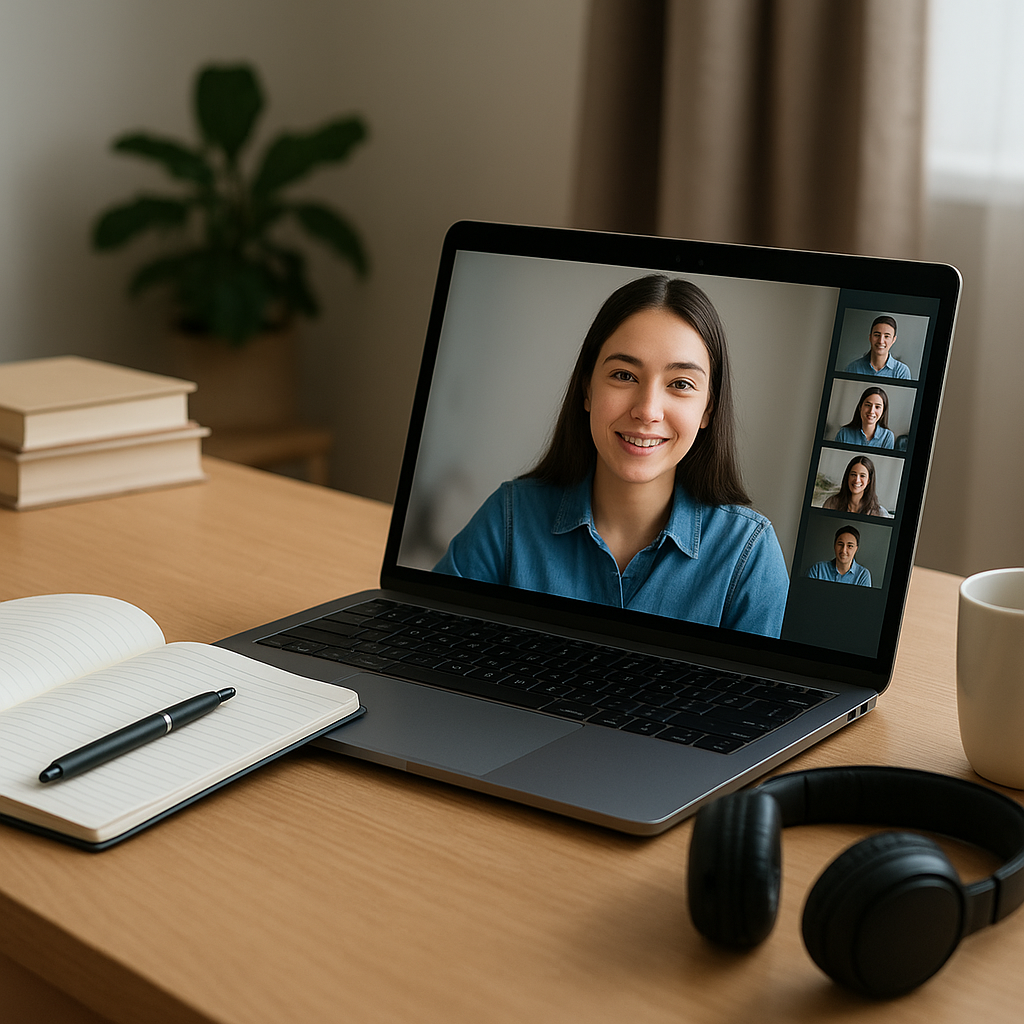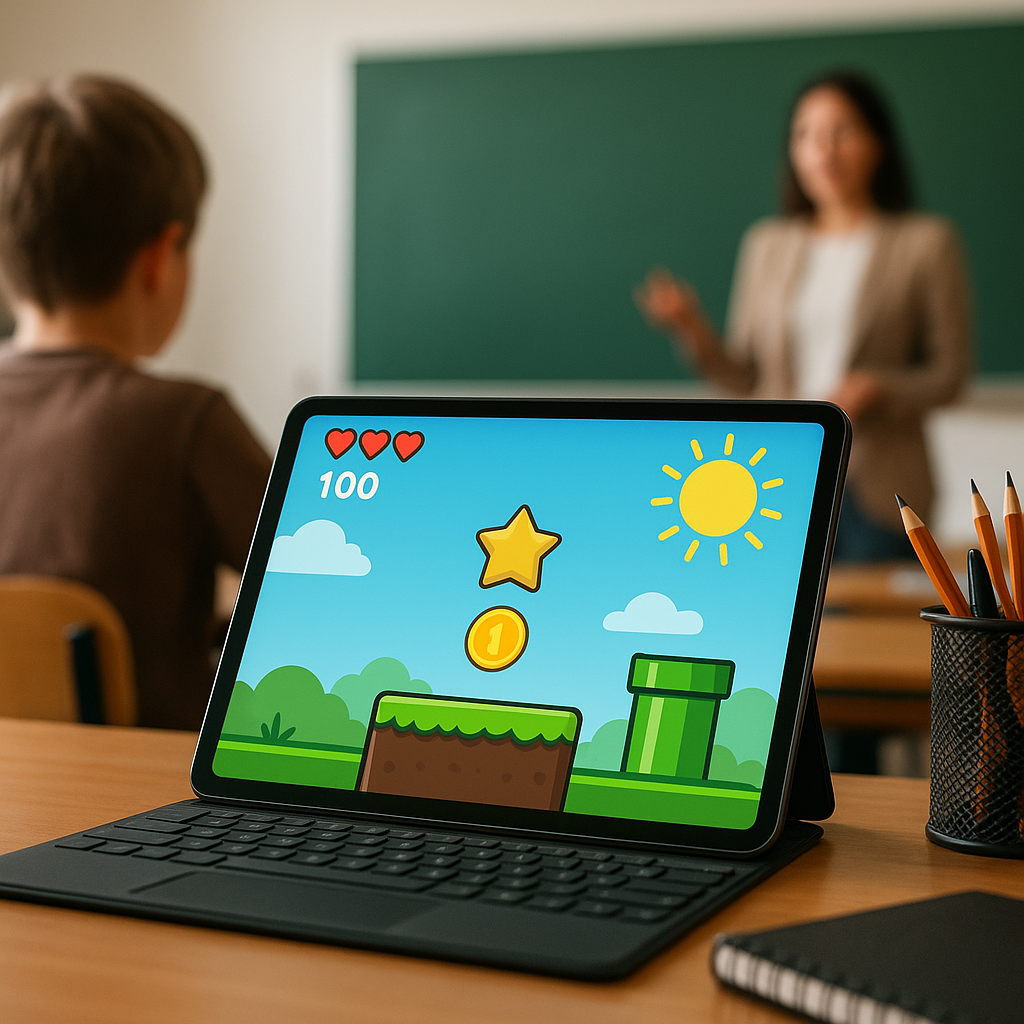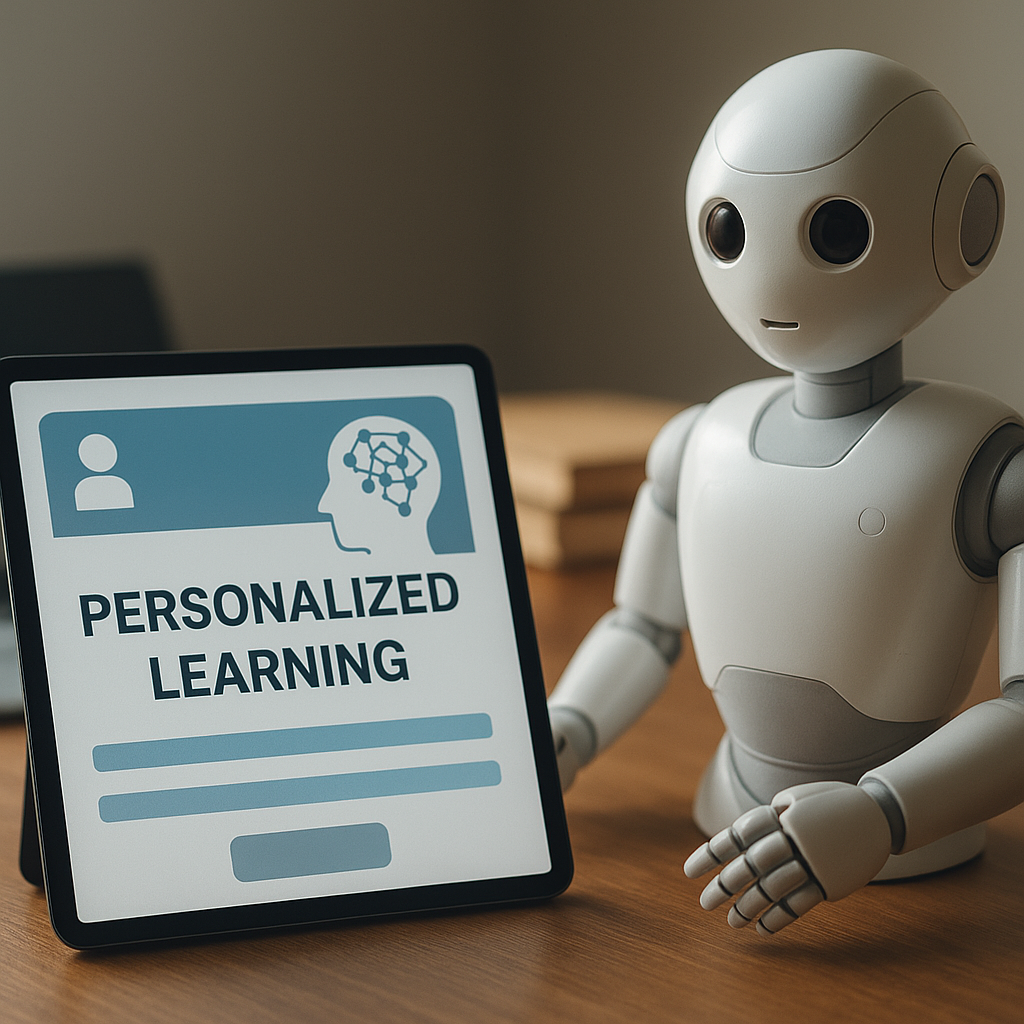Innovative Strategies for Remote Learning: Engaging Students Effectively
As remote learning continues to shape education, innovative strategies have emerged to engage students more effectively. This article explores these strategies and their implementation, highlighting best practices that educators can adopt to enhance the learning experience.

The Changing Landscape of Education
Remote learning has transformed dramatically since its inception. Initially viewed as a temporary measure, it has evolved into a primary mode of education for many students globally. With advancements in technology and changes in pedagogy, educators are now tasked with leveraging these shifts to foster more engaging learning environments.
Understanding Student Needs
A critical first step in designing effective remote learning strategies is understanding the diverse needs of students. Factors such as age, learning style, and socio-economic background play significant roles in how students absorb information.
- Age Appropriateness: Tailoring content for younger vs. older students can significantly enhance engagement.
- Learning Styles: Visual, auditory, and kinesthetic approaches must be integrated to accommodate all learners.
- Equity in Access: Providing resources and support for students from varying economic backgrounds is crucial.
Utilizing Technology for Engagement
Technology serves as a cornerstone of remote learning. Creative utilization can enhance interactivity and keep students motivated. Here are several recommended practices:
- Interactive Platforms: Use platforms like Google Classroom or Zoom which offer interactive features like breakout rooms and polls.
- Gamification: Incorporate game elements into lesson plans to make learning more engaging and competitive.
- Virtual Reality: Explore the integration of VR for immersive learning experiences, particularly in subjects such as science and history.
Promoting Collaborative Learning
Fostering a sense of community among students is pivotal. Here’s how educators can facilitate collaboration:
- Group Projects: Encourage small group projects that require students to work together across digital platforms.
- Peer Feedback: Implement peer review systems where students provide feedback on each other’s work.
- Discussion Forums: Create space for students to discuss course material and share ideas outside of formal sessions.
Addressing Academic Integrity
With the rise in remote learning, concerns regarding academic integrity have gained traction. Educators must ensure that assessment methods are robust and fair.
“Understanding how to integrate generative AI responsibly within academic settings can foster a culture of integrity,” said a spokesperson from a leading educational institution. Assessments should be designed to test understanding rather than rote memorization, encouraging deeper learning.
Encouraging Self-Directed Learning
One of the key advantages of remote learning is the ability to foster self-directed learning. Educators can encourage this by:
- Providing Resources: Supply students with a variety of resources to explore topics independently.
- Setting Goals: Help students set and manage their own learning objectives.
- Regular Check-Ins: Implement regular check-ins to monitor progress and adjust learning paths as necessary.
Engaging Beyond the Classroom
Engagement shouldn't end at the virtual classroom door. Here are a few strategies to keep students connected:
- Extracurricular Activities: Offer virtual clubs and interest groups to engage students outside of regular lessons.
- Family Involvement: Encourage family participation in learning activities to reinforce concepts at home.
- Community Projects: Involve students in community service projects that they can participate in virtually.
Future of Remote Learning
As remote learning continues to grow, educators must remain adaptable and innovative. The future promises even further integration of technology and pedagogy, emphasizing personalized learning experiences that cater to the evolving needs of students.
In conclusion, effective remote learning hinges on understanding students’ needs, leveraging technology creatively, promoting collaboration, and maintaining academic integrity. By implementing these innovative strategies, educators can ensure that remote learning remains not just a substitute for traditional education, but a valuable, dynamic approach to teaching and learning.
Related Video
For more insights, watch this video: Innovative Strategies for Remote Learning.








